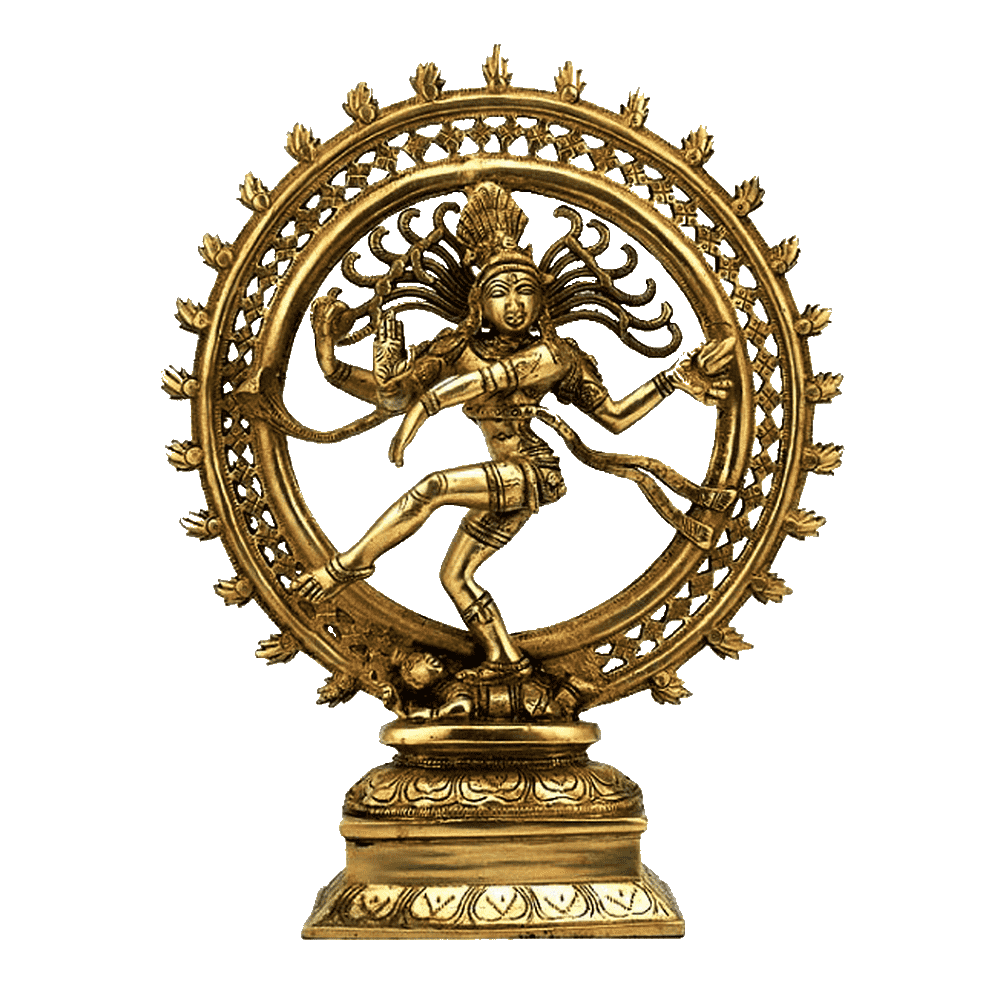
Shiva Samhita
Unveiling the Ancient Teachings of Yoga and Spiritual Realization
Abstract:
The Shiva Samhita stands as an ancient yogic text, encapsulating Lord Shiva’s teachings to his consort Parvati. This article explores the origins and context of the Shiva Samhita, its key themes and teachings, and its enduring significance in guiding practitioners through Hatha Yoga, asanas (postures), pranayama (breath control), and the concept of Kundalini. The text serves as a profound guide towards physical health, mental tranquility, and spiritual realization.
Introduction:
Yoga, an ancient system of physical, mental, and spiritual practices, has long been a pathway to self-discovery and enlightenment. The Shiva Samhita, a sacred yogic text, is attributed to the divine teachings of Lord Shiva to his consort Parvati. This ancient scripture delves into the depths of Hatha Yoga, elucidating the significance of asanas, pranayama, and the awakening of Kundalini. The Shiva Samhita provides practitioners with a roadmap towards holistic well-being, inner peace, and spiritual realization.
Origins and Context:
The Shiva Samhita’s origins are steeped in antiquity, and its exact date of composition remains a subject of scholarly inquiry. It is believed to have emerged during the medieval period, as a part of the broader yogic tradition of India. Rooted in the teachings of Lord Shiva, the text reflects the essence of Yoga as a transformative practice that leads seekers to the realization of the self and the divine.
Key Themes and Teachings:
Hatha Yoga:
The Shiva Samhita serves as a comprehensive guide to Hatha Yoga, emphasizing the union of opposites (ha and tha) through physical postures, breath control, and meditation. Hatha Yoga seeks to balance the energies within the body and mind, paving the way for spiritual evolution.
Asanas (Postures):
The text describes numerous asanas, or physical postures, that are essential for maintaining physical health and preparing the body for deeper meditative practices. Each asana serves a specific purpose in promoting strength, flexibility, and balance.
Pranayama (Breath Control):
The Shiva Samhita explores the significance of pranayama, the practice of regulating and controlling the breath. Pranayama techniques are used to harmonize the life force (prana) within the body, leading to increased vitality and mental clarity.
Kundalini Awakening:
One of the significant themes in the Shiva Samhita is the concept of Kundalini, the dormant spiritual energy represented as a coiled serpent at the base of the spine. The text offers guidance on awakening and raising this Kundalini energy, leading to spiritual illumination and self-realization.
Enduring Significance:
The Shiva Samhita’s teachings continue to hold enduring significance in the realm of Yoga and spiritual practices. Its comprehensive exploration of Hatha Yoga provides a solid foundation for practitioners seeking to integrate physical, mental, and spiritual well-being. The text’s emphasis on asanas and pranayama serves as a timeless guide for maintaining a healthy body and a calm mind.
Furthermore, the concept of Kundalini awakening serves as a transformative element, guiding practitioners towards higher states of consciousness and spiritual realization. The Shiva Samhita’s enduring significance lies in its ability to inspire seekers to embark on a journey of self-discovery and inner exploration, leading them towards the path of spiritual evolution and enlightenment.
Conclusion:
The Shiva Samhita stands as a revered yogic scripture, unveiling Lord Shiva’s teachings to his consort Parvati on the path of Hatha Yoga and spiritual realization. Its profound insights into asanas, pranayama, and Kundalini awakening provide practitioners with practical tools for physical health, mental tranquility, and spiritual evolution. As a timeless guide to Yoga, the Shiva Samhita continues to illuminate the spiritual journey of seekers worldwide, fostering a profound connection with the self and the divine.
Editor – Kaalchakra Team
[ Note – Before Concluding anything as a Finale, Please Go through Original Scriptures of Vaidik Literature Written in Sanskrit and Also with Meaning of That time of Language. Because English is a Limited language to Explaining the Deeper Knowledge of Vaidik Kaal. ]
